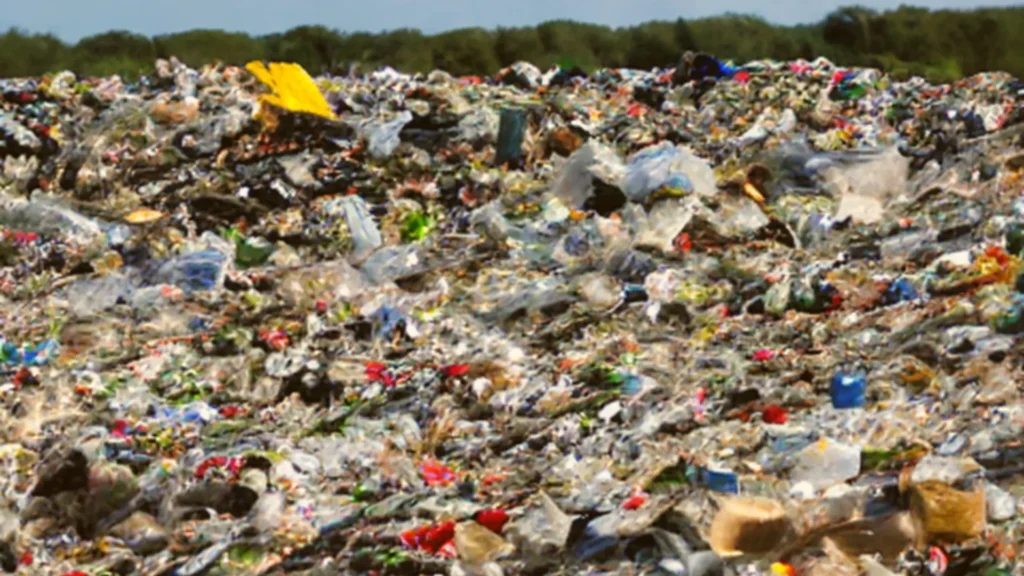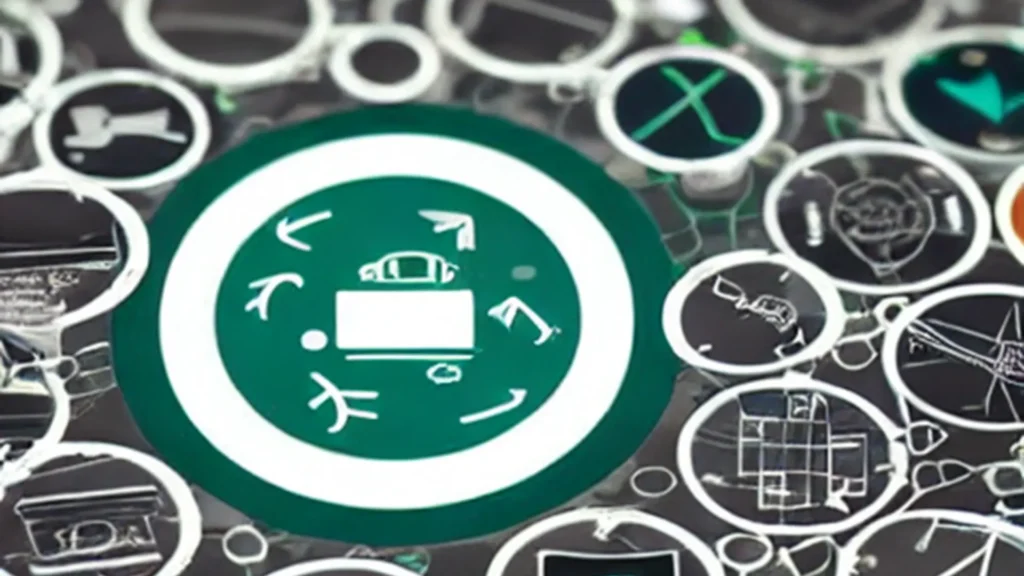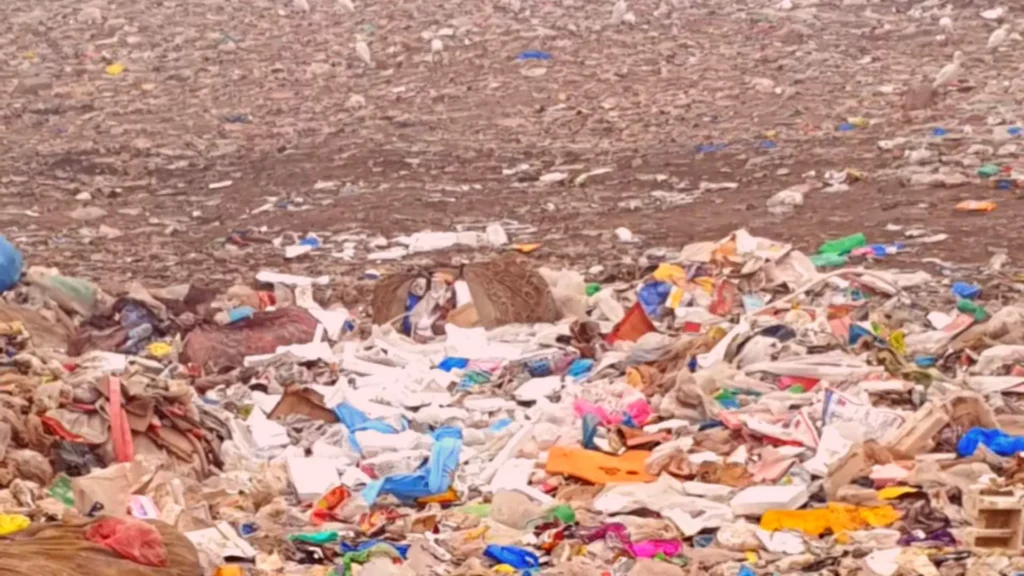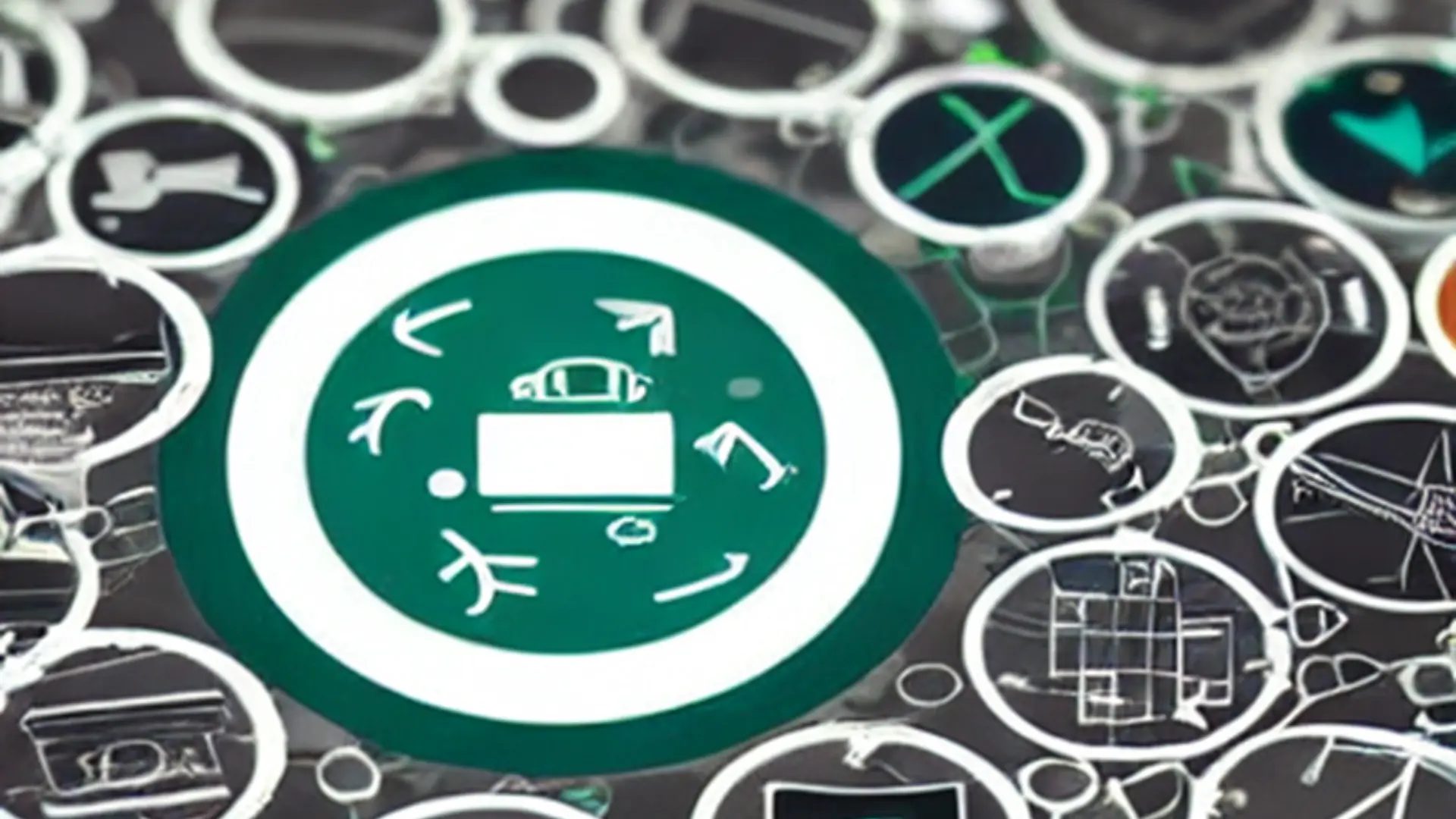Waste to Energy Technology: 4 Key Benefits You Should Know
The world is drowning in waste and waste to energy technology is being neglected at the time of need. According to the World Bank, global waste production is expected to reach 3.4 billion tones by 2050, up from 2.01 billion in 2016. This waste poses a significant environmental threat and represents a missed opportunity to generate much-needed energy through empowering waste to energy technology. One way to improve waste management strategies is to reduce waste production at the source. This can be achieved through education, incentives, and regulations.
Educating the public on reducing waste and providing them with the tools and knowledge to do so can go a long way in reducing waste production. Incentives, such as tax breaks and subsidies, can encourage businesses to adopt more sustainable practices and reduce waste. Regulations can also play a vital role in waste reduction by enforcing waste reduction targets and imposing penalties on those who do not comply. Fortunately, waste to energy technology offers a promising solution to both problems.
What is Waste to Energy?
WTE is a process that converts solid waste into usable energy, such as electricity or heat. As a result, technology is gaining popularity in reducing waste volumes, minimizing greenhouse gas (GHG) emissions, and creating a sustainable energy source. In simplistic terms, it is a process that involves the conversion of non-recyclable waste into electricity or heat. The process typically involves burning the waste in a specially designed incinerator, which produces steam that powers a turbine generator. The steam can also be used for heating or cooling buildings or industrial processes.
Waste to energy is a form of renewable energy considered a key component of the circular economy. Unlike fossil fuels, which are finite and emit greenhouse gases when burned, it uses waste that would otherwise end up in landfills, reducing the amount of waste in landfills and the associated environmental impacts.
Waste to Energy Technologies
Several types of waste to energy technologies can generate energy from waste. The most common methods include incineration, gasification, and pyrolysis. Incineration involves burning the waste at high temperatures, while gasification involves converting the waste into a gas through a chemical process. Pyrolysis involves heating the waste without oxygen to produce a gas, oil, or solid residue.
How does a Waste to Energy System Work?
The WTE process typically involves four steps:
- First, waste is collected and sorted to remove non-combustible materials such as metals, glass, and ceramics.
- The remaining combustible waste is then fed into a combustion chamber, which is burned at high temperatures to produce steam.
- Next, steam is used to power a turbine that generates electricity.
- Finally, the remaining ash is disposed of in a landfill or used as a construction material.
One of the most significant benefits of waste to energy technology is that it can significantly reduce the volume of waste going to landfills. This reduces the amount of methane (CH4), a potent greenhouse gas produced by decomposing waste in landfills. As a result, WTE can help to reduce dependence on fossil fuels and lower carbon emissions from power generation.

What are the Sustainability Benefits of Waste to Energy?
Waste to energy has many sustainability benefits, including:
1-Reducing Greenhouse Gas Emissions
It reduces greenhouse gas emissions by offsetting the use of fossil fuels. Burning waste produces energy without emitting harmful gases, such as carbon dioxide, contributing to climate change.
2-Reducing Landfill Waste
Waste to energy reduces the amount of waste that goes to landfills, reducing the amount of methane gas produced by landfills. Methane (CH4) gas is a potent greenhouse gas, 25 times more potent than carbon dioxide.
3-Generating Electricity
Waste to energy generates electricity, which can power homes and businesses. This reduces the need for fossil fuel-based electricity, reducing greenhouse gas emissions.
4-Creating Jobs
Waste to energy creates jobs in the construction and operation of its facilities. This provides employment opportunities for local communities and contributes to the local economy.
What are the Circular Economy Benefits of Waste to Energy?
It’s a key component of the circular economy, which is an economic system that aims to keep resources in use for as long as possible, extract the maximum value from them, and then recover and regenerate products and materials at the end of their life. It promotes the circular economy in several ways:

Recovering Energy
Waste to energy recovers energy from waste that would otherwise be lost. This energy can power homes and businesses, reducing the need for energy generated from fossil fuels.
Reducing Waste
Waste to energy reduces the amount of waste that goes to landfills, which reduces the need for new landfills and the associated environmental impacts.
Promoting Recycling
Waste to energy only uses non-recyclable waste, which promotes the recycling of materials that can be recycled. By separating recyclable materials from non-recyclable waste, it promotes the recovery of materials that can be reused or recycled.
Which UN’s Sustainable Development Goals can be Achieved by Waste to Energy?
Sustainable Development Goals (SDGs) are 17 goals established by the United Nations to address the global challenges of poverty, inequality, climate change, and environmental degradation. One of the key targets of the SDGs is to ensure sustainable consumption and production patterns. Waste to Energy technology and several other SDGs are essential in achieving this target.
Waste to energy technology refer to the processes that convert waste into energy or other valuable resources such as heat, fuel, or chemicals. These technologies help reduce the amount of waste sent to landfills, decrease greenhouse gas emissions, and provide a renewable energy source. The adoption of waste to energy technology is critical for achieving several SDGs, including SDG 7 (Affordable and Clean Energy), SDG 11 (Sustainable Cities and Communities), SDG 12 (Responsible Consumption and Production), and SDG 13 (Climate Action).

One of the primary advantages of waste to energy technology is their ability to generate renewable energy from waste. SDG 7 ensures universal access to affordable, reliable, sustainable, and modern energy. WTE technologies can contribute to this goal by producing electricity, heat, and fuel from waste. This reduces dependence on fossil fuels and promotes using renewable energy sources. Waste to energy technology can also provide a stable energy source in areas with limited access to traditional energy sources.
Waste to energy technology can also contribute to achieving SDG 11 by promoting sustainable cities and communities. As urbanization increases, managing municipal solid waste (MSW) becomes a significant challenge. Waste to energy technology can help to reduce the amount of MSW sent to landfills and promote waste diversion. In addition, by converting waste into energy and other valuable resources, WTE technologies can contribute to the circular economy and reduce the environmental impact of waste management.
SDG 12 aims to promote responsible consumption and production patterns. Waste to energy technology can contribute to this goal by promoting waste reduction and resource recovery. By converting waste into energy and other valuable resources, WTE technologies can reduce the amount of waste generated and promote the use of renewable resources. In addition, adopting WTE technologies can help reduce the environmental impact of traditional waste management practices, such as landfilling and incineration.
Waste to energy technology can contribute to achieving SDG 13 by promoting climate action. Landfills are a significant source of greenhouse gas emissions, primarily methane. Waste to energy technology can help reduce these emissions by diverting waste from landfills and using it as a renewable energy source. Developing waste to energy technology can help reduce the dependence on fossil fuels, contributing to climate change.
What are the Barriers to Waste to Energy?

Besides its numerous benefits, WTE also has its challenges. One of the biggest challenges is public perception and acceptance. Some people are concerned about the emissions from its facilities and fear that it may not be safe for human health or the environment. This can create a roadblock to implementing WTE projects, and educating the public about the benefits and safety measures associated with waste to energy is important.
Another challenge is the high initial investment required to establish WTE facilities. In addition, these facilities require sophisticated technology and infrastructure, which can be costly to develop. However, it is important to note that the long-term benefits of waste to energy, including reduced greenhouse gas emissions and reduced waste in landfills, far outweigh the initial costs.
It should not be seen as a standalone solution to the waste management crisis. Instead, it should be used with other waste management strategies, such as recycling and composting, to create a comprehensive system. This will ensure that the maximum waste is diverted from landfills and converted into useful resources. Lastly, it is important to improve waste to energy technology in a continual manner to make it more efficient and effective. Therefore, research and development should be carried out to improve the efficiency of WTE processes and further reduce emissions.
What is the Future Potential for Waste to Energy?
WTE has already acquired widespread adoption in numerous countries. For example, over 50% of household waste in Sweden is converted into energy. Denmark, Norway, and the Netherlands also have significant WTE infrastructure. In the United States, over 80 WTE facilities operate, providing energy to over 2.5 million homes. Despite its various benefits, waste to energy technology is not without its critics. Some argue that the process is not cost-effective and discourages waste reduction and recycling efforts. Others raise concerns about emissions from WTE facilities, particularly dioxins and furans that can harm human health.
Advocates of waste to energy technology argue that it is a necessary part of a larger waste management strategy. While reducing waste production and increasing recycling efforts are essential, these measures alone may not tackle the growing waste problem. WTE can provide a much-needed alternative to landfills, generate energy, and create a more sustainable future. WTE technology solves the growing waste management problem. It offers a way to reduce waste volumes, minimize greenhouse gas emissions, and create a sustainable energy source. As the world continues to grapple with the challenge of waste management, WTE will probably become an increasingly important part of the solution.
It is essential to consider the social and economic impacts of WTE. WTE facilities can create jobs and stimulate local economies, particularly where waste management is a significant issue. However, it is essential to ensure that these benefits are equitably distributed and that the communities where WTE facilities are located are not disproportionately affected by these facilities’ environmental and health impacts. In addition, community engagement and consultation are crucial to ensuring that the development and operation of WTE facilities are transparent and accountable.
Conclusion
In summary, this technology offers a promising solution to waste management and energy production challenges. With the potential to reduce greenhouse gas (GHG) emissions, contribute to energy security, and create jobs and economic benefits, WTE will probably become an increasingly important part of the global energy mix. First, however, it is important to continue developing and improving waste to energy technology and ensure these facilities’ environmental and health impacts are carefully managed and regulated.
In conclusion, waste to energy technology offers a promising solution to the global waste management problem. However, to fully realize the potential of this technology, we must continue to improve and innovate in the field, integrate WTE into a circular economy, and consider the social and economic impacts. Doing so can create a more sustainable and resilient future for our planet and communities.
Waste to energy is a sustainable and profitable solution to the world’s waste management crisis. It offers several benefits, including reducing greenhouse gas emissions, reducing landfill waste, generating electricity, creating jobs, and promoting the circular economy. However, challenges such as public perception, initial investment, and a comprehensive waste management system must be addressed for waste to energy to be fully effective. Nevertheless, by continuously improving technology and educating the public about its benefits, it can play a significant role in transitioning to a more sustainable and circular economy.
To Cite this article
‘A.S. Nizami. From Trash to Treasure: The Power of Waste to Energy Technology. 2023. Publication & Data. Green Flagship.’

